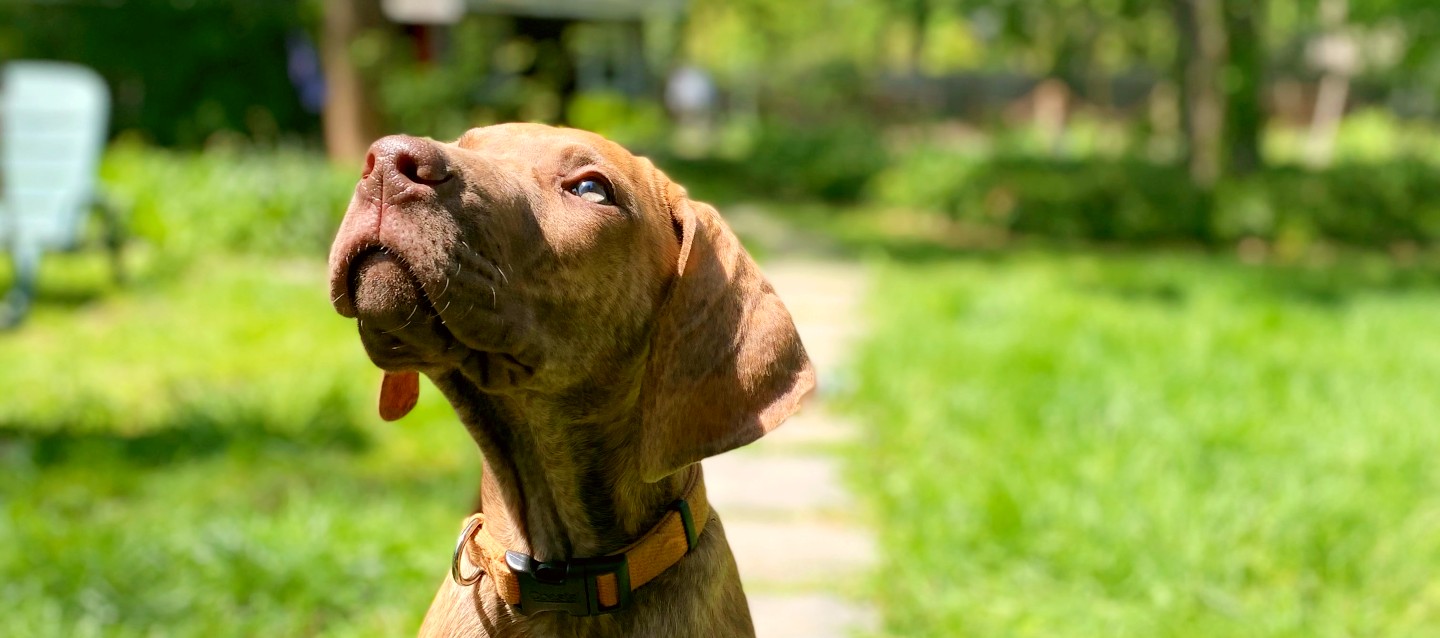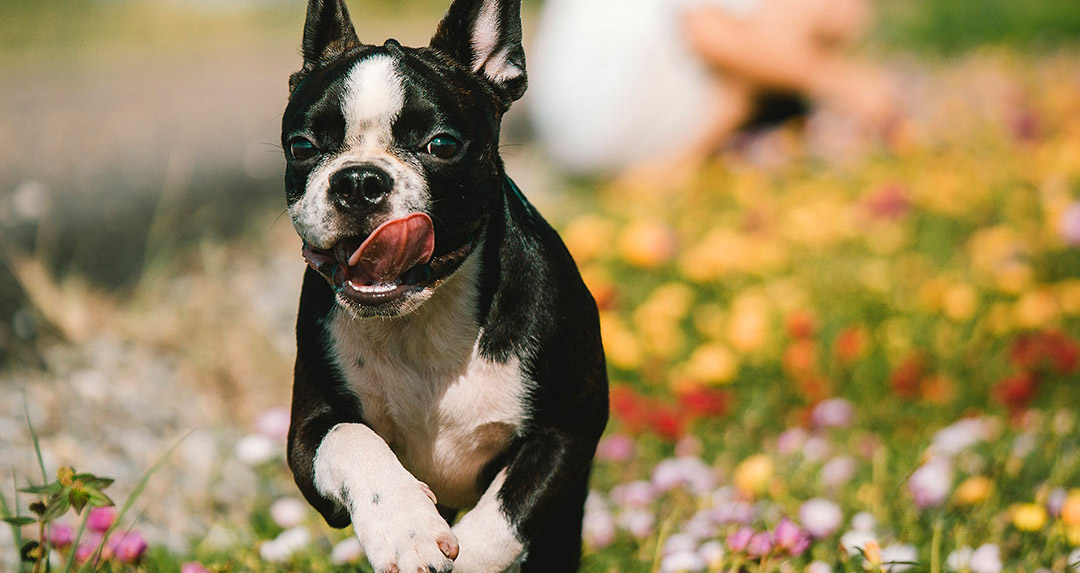You’ve got an anxious dog and lots of questions… Does a dog’s anxiety go away? Why does it happen? What do I do if it’s anxiety just at night? What can I do for my dog?
The search results offer a lot, like A LOT, to sort through, which starts to leave you a bit anxious, too. So, what do you need to know about anxiety?
We’ll cover all of the questions around anxiety– from situational to separation anxiety, including the tools you’ll need to help your dog through.
Let’s dig in.
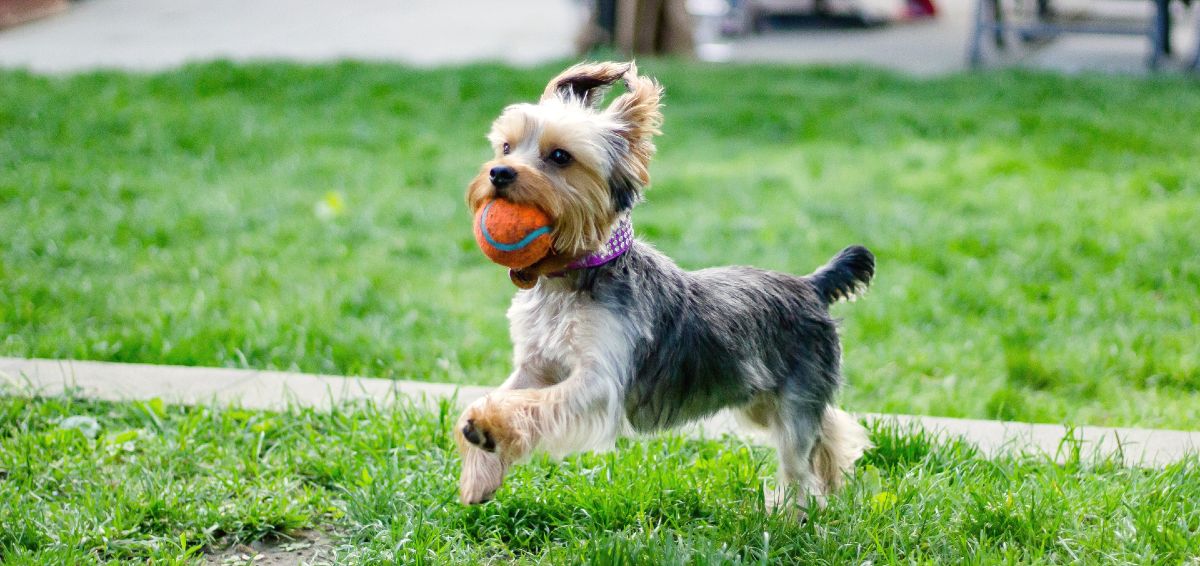
On The Agenda
What is Anxiety?
We’re going to cover a few pre-reqs before we really get into the thick of it. First and foremost, what anxiety is– which, put simply, is anticipation or worry about the future.
Anxiety can be linked with people, places, sounds, or objects. You picking up your keys and readying to leave for the next 8+ hours, the groomers, neighborhood kids with those noise poppers, the nefarious vacuum– these are what comes to mind as some of the more common instigators of anxiety for our four-leggers.
It doesn’t necessarily matter whether it’s an unknown threat, imagined like the above, or real. Instead, it’s the emotion that it evokes for a dog that’s most important.
What Does Anxiety Look Like?
Jumping and barking like they’ve completely come unwound. Hiding in closets, panting and shivering. Just like us, anxiety manifests in many ways. Some people show anxiety as anger and aggression. Others just take flight and high-tail it out of a situation.
You may have seen one or even a few of these behaviors in your own dog:
house soiling, even in front of guests
destructive redecorating
tucking their tails
panting, pacing, whimpering
trying to hide or escape– claw marks at the exits, for instance
avoiding interaction– not just social situations
trembling
aggression
not eating on their normal schedule
incessant vocalizing
displacement like chewing or sucking when frustrated or conflicted
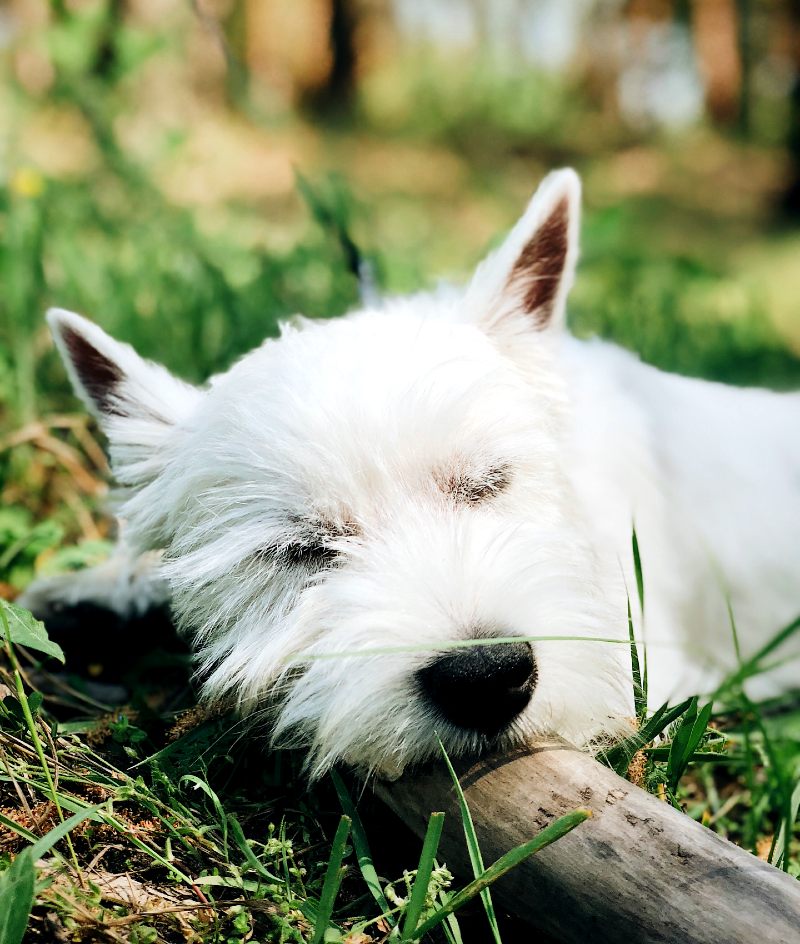
Everyone responds just a bit differently. It isn’t “bad dog” behavior. They’re anxious. You do the same thing, save the house-soiling.
These are all textbook displays of anxious behavior, too, so you need to do more than check the boxes of these behaviors.
Consider the context and employ common sense– the melodious musings of a husky? Not so much of a flag for incessant vocalizing. Or destructive redecorating? If you’re gone for 8+ hours, your dog may just be trying to fill his day.
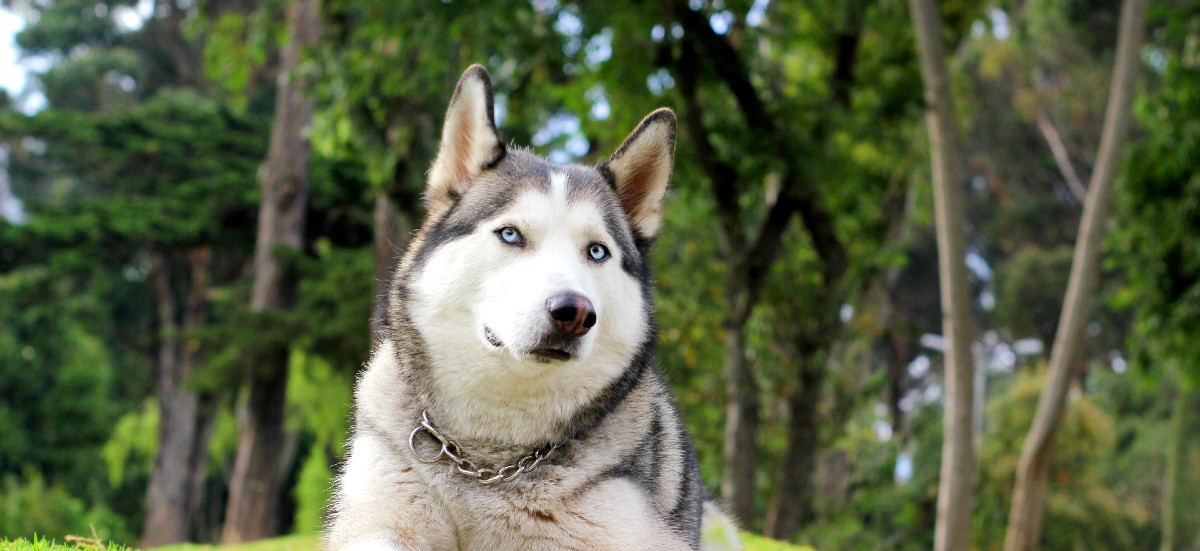
The bottom line: your dog is communicating with you using these behaviors, so start practicing more awareness. Listen with your eyes– your dog’s behaviors and body language speak volumes.
Why Does Anxiety Happen?
There’s a long list of reasons why anxiety can happen–
Limited early socialization
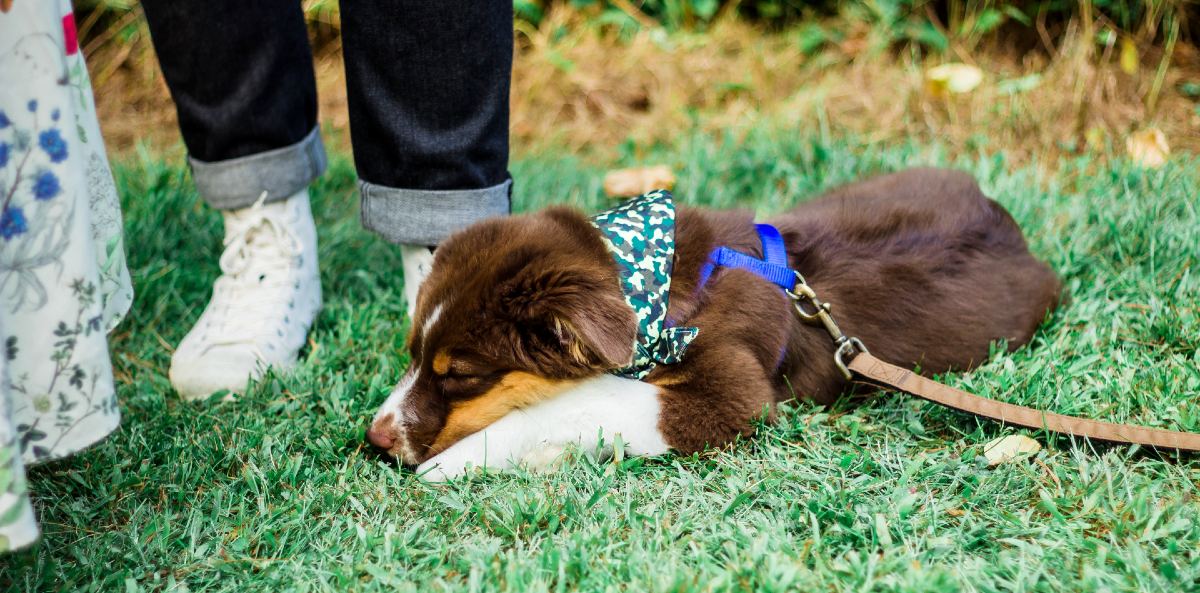
There’s a small window for growing pups. This socialization period should be filled with diverse experiences– car rides, new places, faces, smells, and positive interactions– playdates, treats, praise, belly rubs, and butt scratches. If so, your dog is likely to be more sociable as an adult.
When a dog isn’t exposed to enough positive experiences or interactions, they’re more likely to react fearfully or anxiously when put in new situations as a grown pup. Their first visit to a dog park? Dear dog, the panic. (Over) friendly, dog lovers coming in hot for pets? Fuhgeddaboudit.
Traumatic experiences
These negative experiences could have happened just once or repeatedly, maybe even in that early socialization period. These events could be real or perceived and related to people, places, or things—deep breath.
The fear and anxiety response is a learned behavior in these situations, so it can be managed with dedication and work from both four-legger and two-legger, even unlearned if done soon enough.
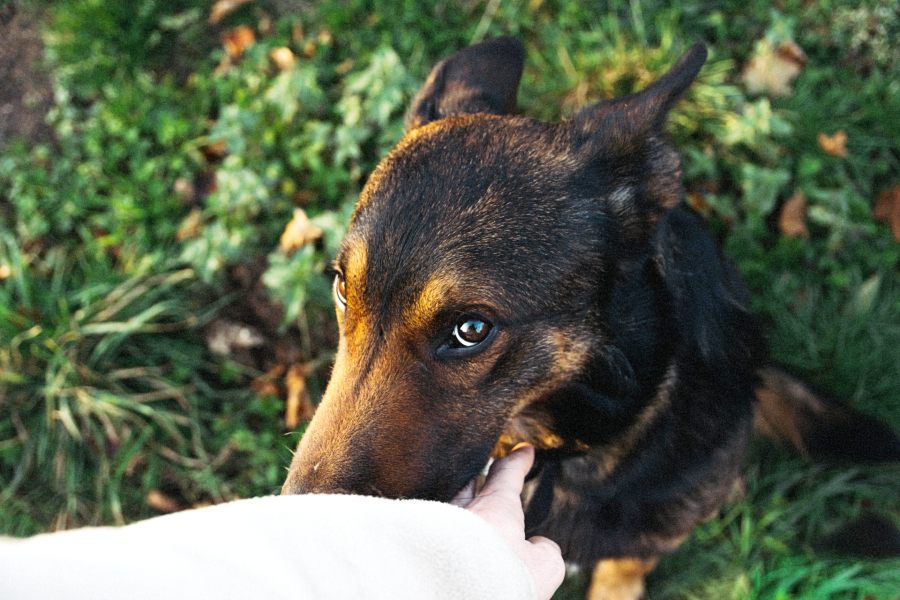
A dog needs more– physically, mentally, emotionally
They’re home alone, maybe even kenneled for long periods of time, and that brews these feelings of frustration and boredom. Without space to run or much-needed interaction, their mental and physical energy is fit to burst.
That emotional stress triggers physiological symptoms or what we see as anxiety– restlessness, panting, pacing, and the result of those stress behaviors– messes in the house, chewed cushions, fluff strewed about.
Personality
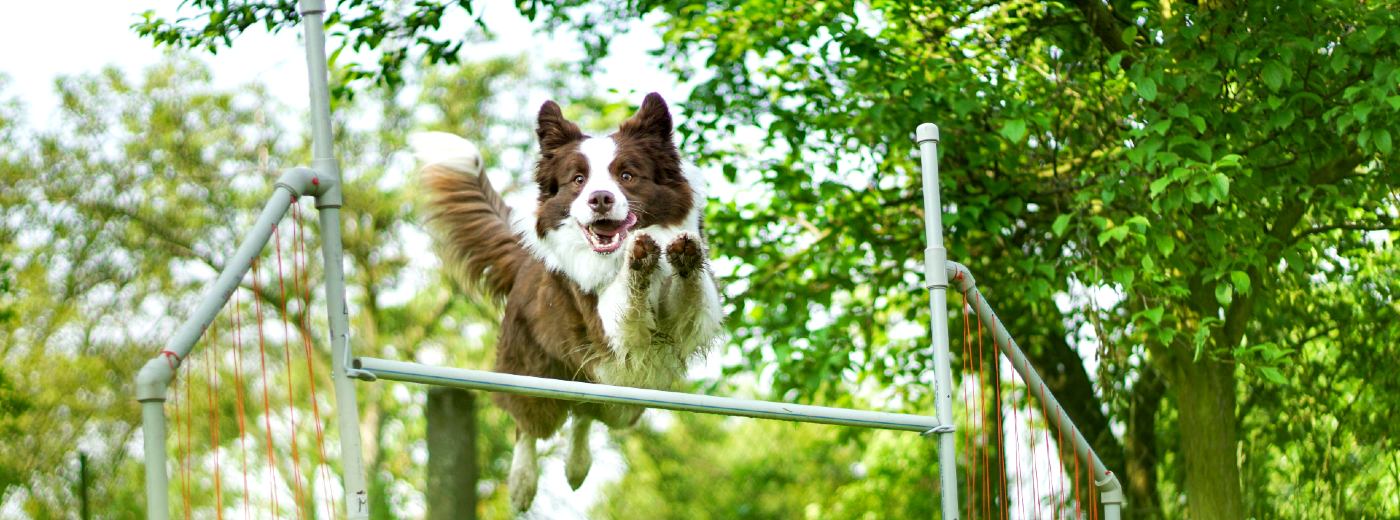
There are also personality types to contend with– the Australian Shepherds, Border Collies, and Vizslas of the world who just never seem to stop. These high-drive dogs take any job they’re given very seriously. They’re the epitome of Type A, and because of that, these dogs also tend to be anxious, easily excited, and sometimes just a bundle of nerves.
Uncertainty
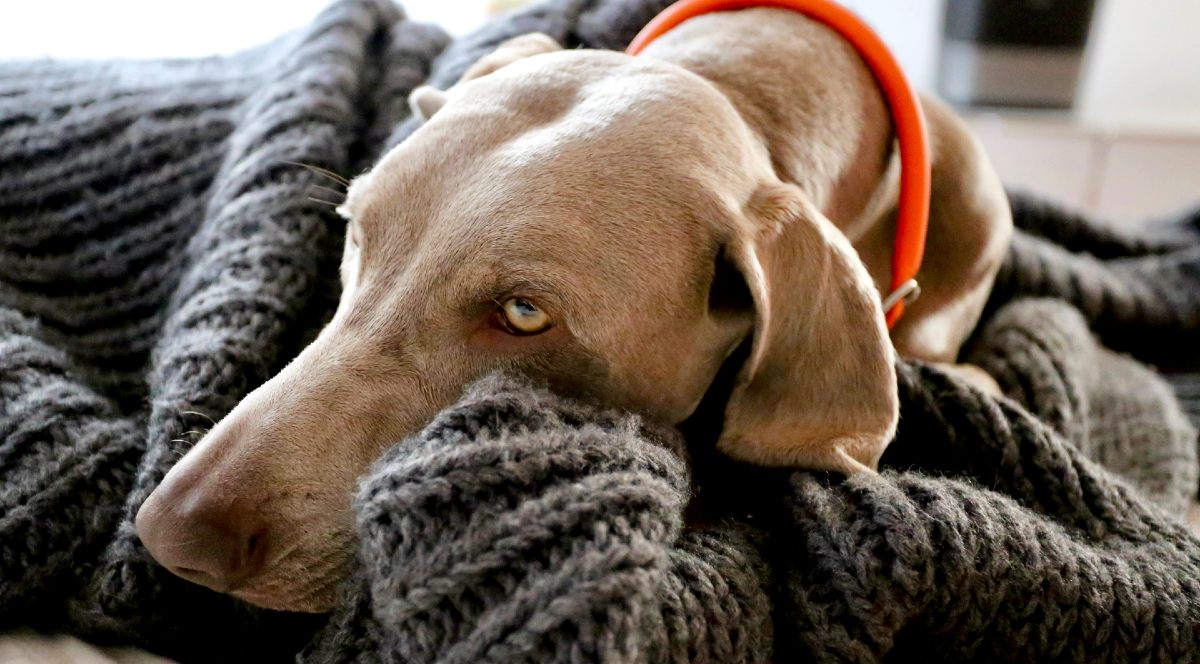
A dog could have all of these conflicting emotions brewing– frustration about not doing what they want to, worry about the lack of routine in their lives, concern about unpredictable consequences if there isn’t structure. All of these emotions bubble over into anxiety. This emotional conflict can even lead to aggression because of an animal’s fight or flight instincts.
Anxiety could be caused by a combination of these experiences, too. Every interaction your dog has– with their environment, their people, other tail-waggers, impacts their mental and emotional health positively or negatively.
Why anxiety happens is complicated because your pup is. They’re complex individuals with opinions, emotions, wants, and needs. Turn to your dog right now and tell them otherwise, and I think they’d have a few things to say about it.
Who Gets Anxiety?
Any dog can (read: will) experience some variety of anxiety at some point. And any anxious behavior in a dog can worsen if not met with a plan to help them cope.
While any dog can develop anxiety, several physical and developmental factors may make some dogs more likely to develop anxiety.
There are genetic factors, of course. They shape who your dog is and make up their temperament.
Stressful perinatal environments– so either stress in the womb or as a newborn puppy can also play a factor.
A disease affecting brain health– doggie dementia, for one, can also play a role.
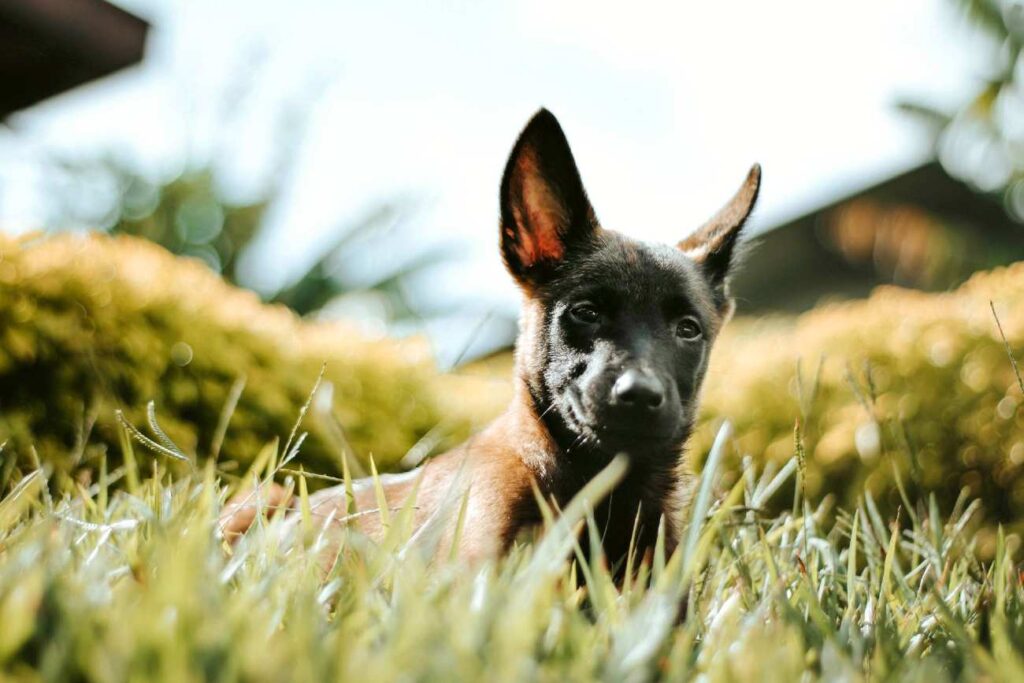
The PSA here– every pet parent should keep in mind that any dog, theirs included, could experience anxiety. And like any mental health concern, it’s best to address it as soon as possible with a personalized care plan.
How Can You Tell If Your Dog Has Anxiety?
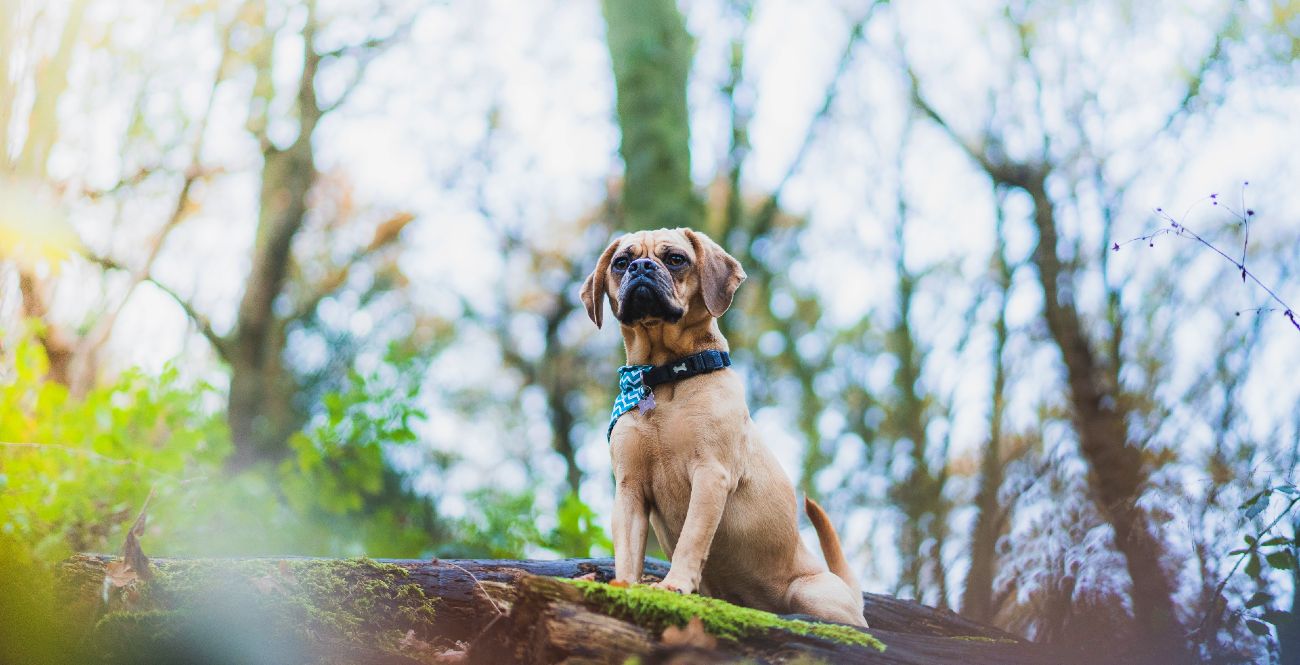
Your dog is an adept communicator. They’re constantly expressing their wants and needs– some at louder volumes than others. It’s just about tuning in and becoming more aware of what they’re saying.
You know your dog best, so start by listening with your eyes. Here are just a few examples of normal vs. anxious behavior to get your wheels turning.
Normal Dog Behavior
- He’s a bored, playful pup who makes a mess when left home alone. (He’s clearly decorating the house for your return!)
- A dog growls at other dogs when they get too close to his toys, food, or behind. In his mind, those are his most prized possessions. (You might growl at someone sniffing your behind too!)
- She barks to say hello to the mailman, to your guests, and you every time you walk in the door. (She’s THE cutest greeter around.)
- He likes to be with you on the couch, on walks, and especially while you cook dinner. (You’re PICs.)
Anxious Behavior
- He tries to escape by charging and clawing at the door because he’s worried about being left behind.
- Another dog sniffs the anxious dog’s toy, and instead of giving a warning like a growl, the aggressive, reactive dog just lunges at him. There’s no warning; it seems more like he snaps.
- Your pup barks and howls endlessly when you prepare to leave and when she’s left alone. She may also pace or show other signs of distress while barking to express her anxiety.
- Your pup becomes distressed when separated from you. So much so that he whines, pants, and paces.
The big takeaways here are to practice awareness, consider the context, and start asking yourself questions about some of the behaviors you have seen in your dog.
The Types of Anxiety
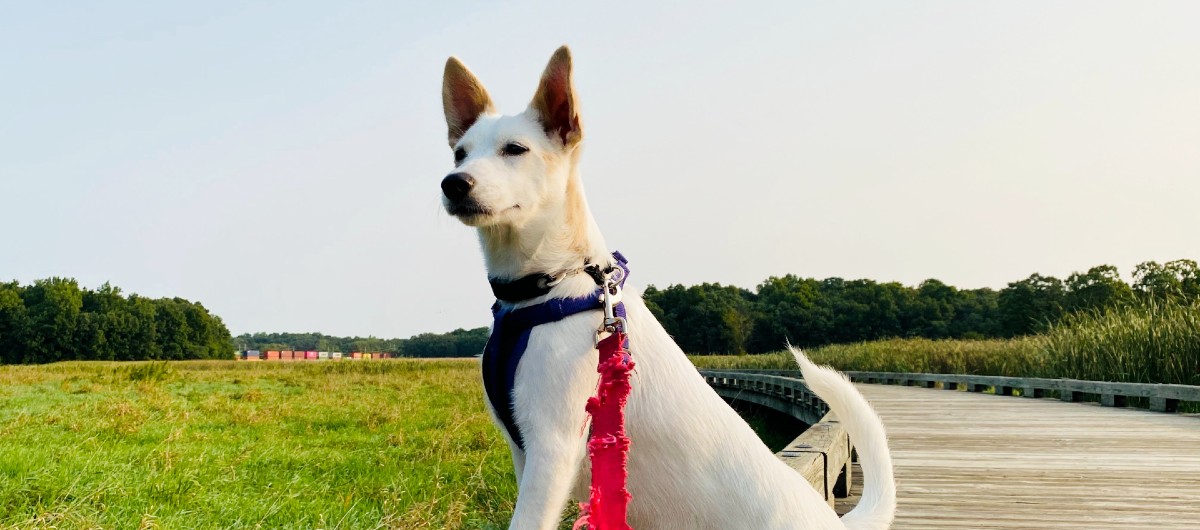
Situational
Situational or occasional anxiety is prompted by something in the environment that develops this cycle of fear, anxiety, and stress.

Fear = the direct emotional response to the threat or situation.
Anxiety = worry and anticipation of the threat.
Stress = the physical response that our bodies and our dogs undergo– that fluttering in your chest, the restlessness, sweating for us, and panting for dogs.
Some of the more common anxieties fall under this umbrella–
Sound-sensitive dogs fall under this category– so, think thunder, fireworks, loud or unfamiliar noises like construction work.
Unfamiliar dogs or people– e.g., rowdy youngins or big bearded men
Inanimate objects, like that ferocious vacuum, surfaces like wood floors or steps– the wide gaps in some are understandable!
Specific situations like vet visits, groomers, or car rides, or specific locations like a dog park or boarding kennel

Fear, Phobia, & Anxiety
Some fears get so intense that they become phobias, an exaggerated response to the fear. Generally, sound-sensitive dogs have these phobic responses. Dogs have gone as far as to jump through screens and claw their way through cages during storms.
General
Some dogs have a more generalized anxiety, so they may respond fearfully to a variety of the above, or even in situations where an average dog wouldn’t react.
This kind of anxiety is chronic — and like all chronic conditions, it is an ongoing issue that your dog copes with on an everyday basis.
Separation
A pup with separation anxiety forms a hyper attachment to a member in their pack. You rarely, if ever, enter a room without them trailing behind. And they can’t find comfort or relax without you there with them. And once left alone, that stress and anxiety can lead to those destructive behaviors that we all dread.
There’s a lot to suss out before you can definitively say, yes, my dog has separation anxiety.

Think about whether them being left alone is part of the norm. A change in routine is, of course, going to be a big anxiety-inducer.
How long were you away? If it’s 8+ hours, they may have been filling their day with foraging or exploratory play.
Are they getting enough exercise mentally and physically?
Is there new construction, or do you live near a playground? Loud noises and activity may be rousing them and creating anxiety.
With dogs experiencing separation anxiety, the destructive behavior will happen in the first 15-30 minutes of you leaving. When you get home, their reaction may be over the top, and they’re difficult to calm – (this will differ from the average thrilled dog welcome). The easiest way to figure out whether your dog has separation anxiety is to set up a doggie camera. You’ll see quickly whether it’s sheer panic in the first 15-30 minutes of you leaving, an outside stimulus is rousing them, or you have a bored dog.
Aggression & Anxiety
There are several types under this aggression umbrella, but it also follows that cycle of fear or phobia, anxiety, and stress. Aggression is added to the cycle in these instances.
The types of aggressive behaviors differ because of the motivation, but they’re generally one part fear, anxiety, uncertainty, and one part learned response– that aggression = no more threat. Genetics, environment, and history play their part in these behaviors, too.
Resource guarding, play aggression, territory or protective aggression, fear, pain-induced, predatory, along with maternal aggression. There’s aggression towards other dogs and then uncertainty aggression (bite first, ask questions second), along with redirected aggression (a boomerang effect where the frustrated dog directs it toward whoever’s preventing them from getting to the actual target).
They’re all relatively self-explanatory and, to an extent, very dog-like behavior, but when they fall out of the range of normal dog behavior and become difficult to manage, you’ll need to bring in help.
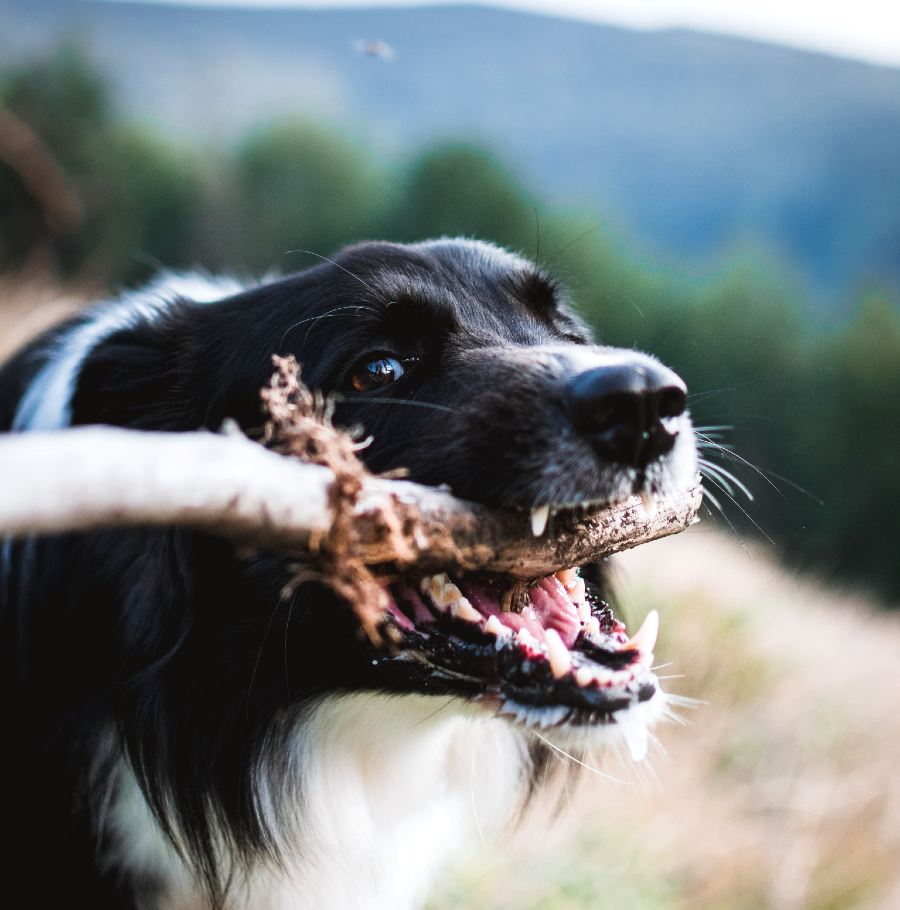
Resources and hands-on guidance from a positive reinforcement trainer will help you strengthen your relationship with behavior modification for your pup and yourself.
The biggest takeaways, no matter the type of anxiety, are the feelings anxious dogs are having. Each and every dog is experiencing these overwhelming emotions of worry, fear, and stress. The only real difference is in the approach we take to help them since the triggers vary.
Aging & Anxiety
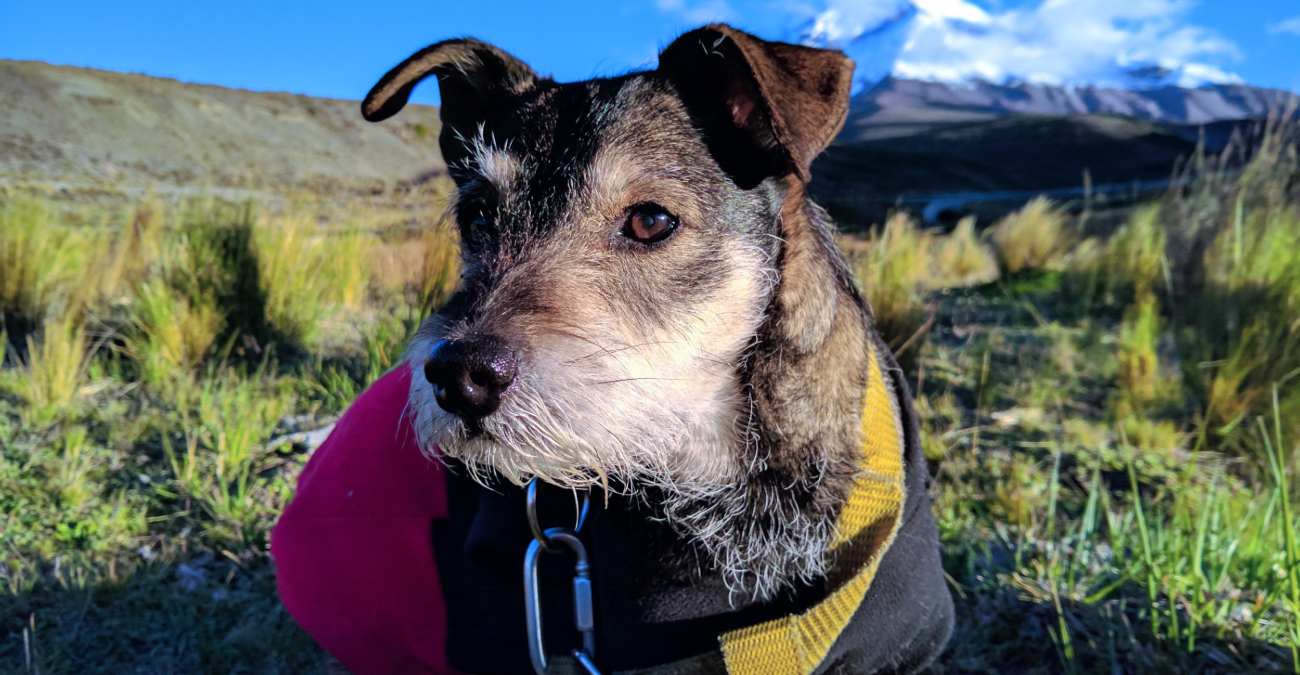
If your aging dog gets anxiety at night–they’re pacing, restless, barking at ghosts, this anxiety may actually be because of changes happening in their brain.
As pets age, their brain does too– and with it, there can be a decline in cognitive function. It’s known as CDS or, more commonly, doggie dementia since it’s not unlike what humans with dementia go through– forgetfulness, confusion, and disorientation.
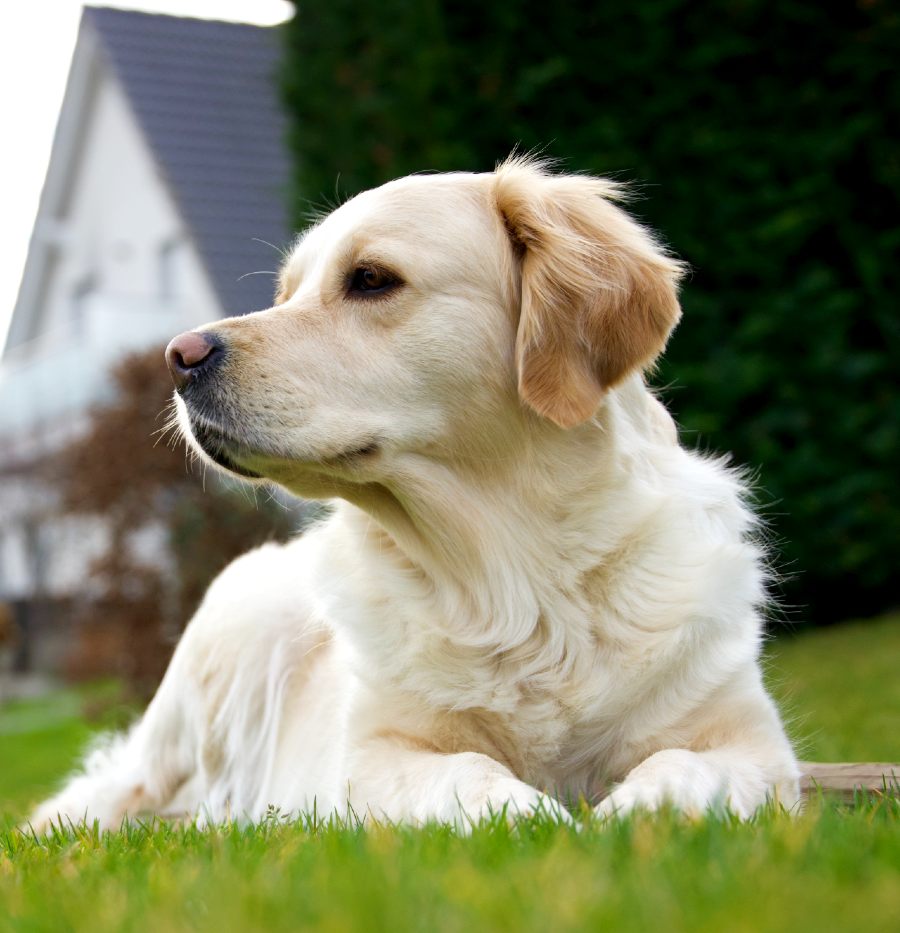
While those changes are anxiety-inducing enough for an animal, anxiety also occurs because older animals also have too high of serotonin levels. Serotonin is generally thought of as a mood regulator in a positive way, but too high of levels are shown to induce anxiety.
It isn’t all doom and gloom, though, far from it. Research has also shown that there is so much you can do to nourish your pup’s brain. You can add nutraceuticals to protect and support cognitive function, change the diet, and use brain games for mental enrichment.
This goes for every dog, senior or not. You’ll want to nourish your pup’s brain proactively– adding Omega 3 DHA to their bowl from day one and then the last third of their life, you’ll start nutraceuticals like ALA, branched-chain amino acids, and Ginkgo biloba to nourish their brain.
Can You Avoid or Prevent Anxiety in Dogs?
Absolutely! For those with wee pups, early socialization provides just the opportunity. It’s this small window of opportunity to get their paws wet. The more diverse and positive experiences– playdates, the different hooman hands, the smells, car rides– the more sociable they’ll be as an adult. AND a biggie– it can lead to less anxiety as well.
Socialize early and often. And if you aren’t rooming with a puppy, still introduce your adult bestie to new two-leggers and four-leggers, new experiences, and a variety of environments.
Listen with your eyes. Give them choices. Continue their education with brain games and different types of play. Make sure they’re problem-solving and using their noggin.
This will go a long way in meeting their wants and needs for a mentally and emotionally balanced pup.
Common Misconceptions
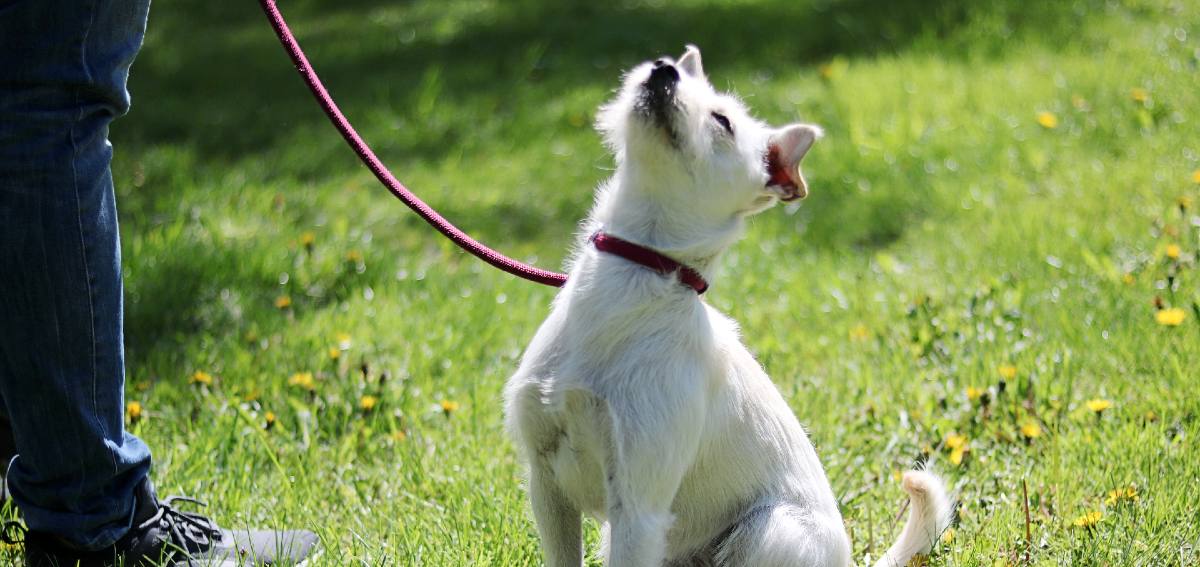
Benadryl to help dog anxiety
Using medications like Benadryl do little more than sedate your dog leaving them drowsy and unaware of the world around them. It’s certainly not the answer, especially with the number of alternatives available on the market to offer quick-acting relief during stressful times.
Dog breeds without anxiety
See, “Who Gets Anxiety”…
A dog may have a few more genetic predispositions to anxiety, but they are shaped by their experiences as much as we are– the whole nature vs. nurture thing. And we, us humans, have the biggest impact on them.
Socialize early and often– introduce them to new two-leggers and four-leggers, new experiences, a variety of environments. Listen with your eyes. Give them choices.
Ignoring it till it goes away
No. Nope. Don’t do that. If you ignore it, anxiety worsens, so the sooner you can address anxiety, the better for everyone.
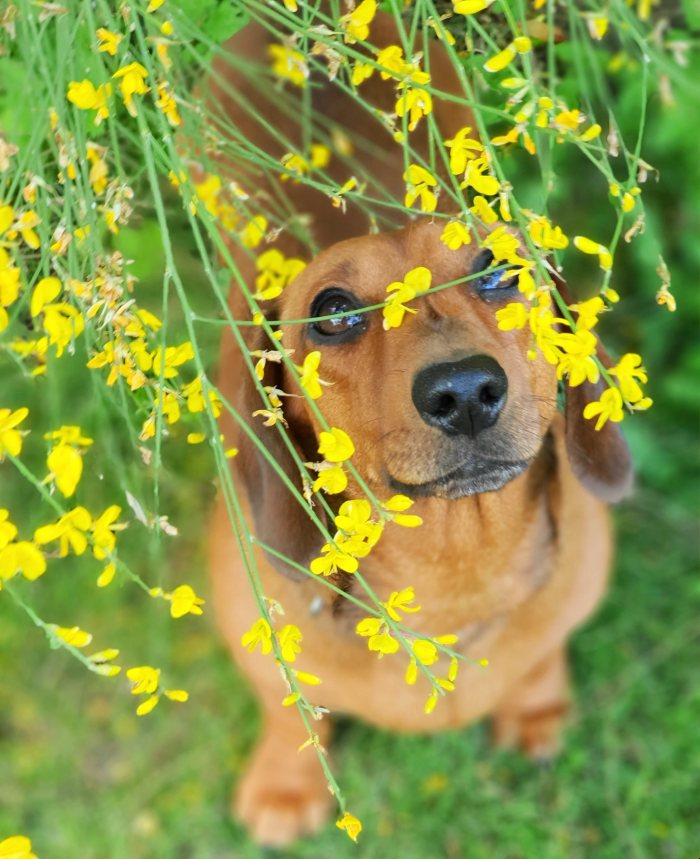
Crate for separation anxiety
Crating a dog with separation anxiety may not be the solution you’d think it to be. Yes, they aren’t destroying parts of the house, but if your dog isn’t crate trained (e.g., crate = safe space) or used to being in the crate for an extended period of time, you’re likely just adding to their distress.
How to Help An Anxious Dog
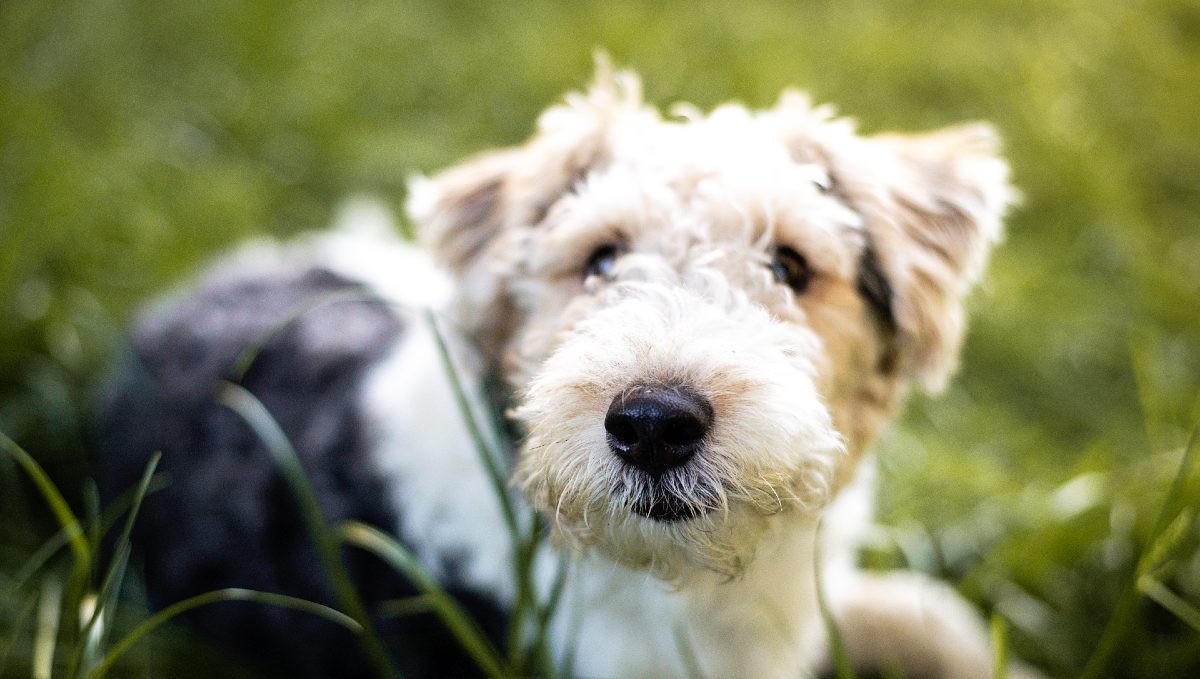
Across the board, anxiety or not, there are a few things you can do for every dog to prioritize their mental and emotional wellbeing.
More exercise
There’s a reason the adage, “a tired dog is a happy dog,” is worn out. Play fetch or frisbee, get a game of tug going, walkies in the morning and evening, dog parks on weekends. Exercise reduces stress for humans and dogs alike, and not getting enough play contributes to feelings of frustration and anxiety.
It’s not so much about increasing the duration of activity as it is doing it consistently, though. If you just stick to increasing the duration of, say, fetch, there’s this snowball effect. You’re building up their stamina week after week – meaning they need more and more each session to be placated.
Focus on upping the frequency of play instead, playing ball, tug, going for walks consistently. Ideally, you’re doing this several days a week, if not daily.
Mental stimulation
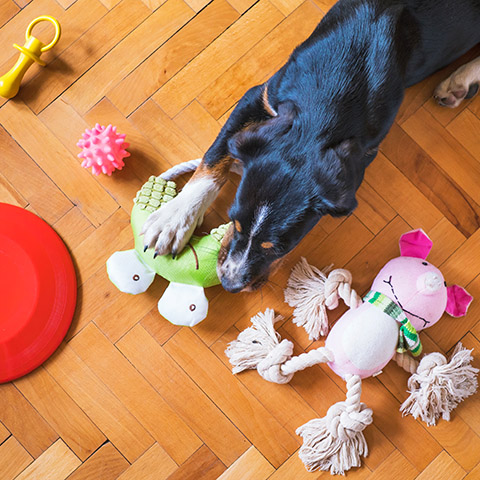
Train with your dog (20 minutes or so), play nose games so they have to seek, snuffle mats so they can forage, give them an interactive puzzle toy. Be sure to mix the play up! Each game offers unique and invaluable enrichment for mental and emotional health, no matter the age.
Boredom can also cause stress, so when they are engaged with a game and using their brain to problem-solve, it can have the same stress-reducing effect that a game of fetch or frisbee has on a pent-up dog.
Time together
You’re their person, so don’t shirk on one-on-one time. We don’t need scientific data to validate how much better our existence is because of the rump sitting next to us, but studies show that “feel good” hormone markers increased for humans and dogs when interacting. Basically, cozy up and prepare for pets.
Stick to a routine
Dogs and, frankly, most of us are creatures of habit. We find comfort in routine and the predictability of it. When routines do change– new house, new family members, a new dog taking a lap on our block, anxiety isn’t a surprising emotional response. Keeping to a routine like walk times, feeding times, and bedtimes can return some feelings of normalcy to your dog.
Safe Space
It could be their bed, crate, or even a repurposed section of a closet. It just needs to be a designated space where your dog feels safe and secure. This way, your dog can retreat to this space when they feel overwhelmed and stressed.
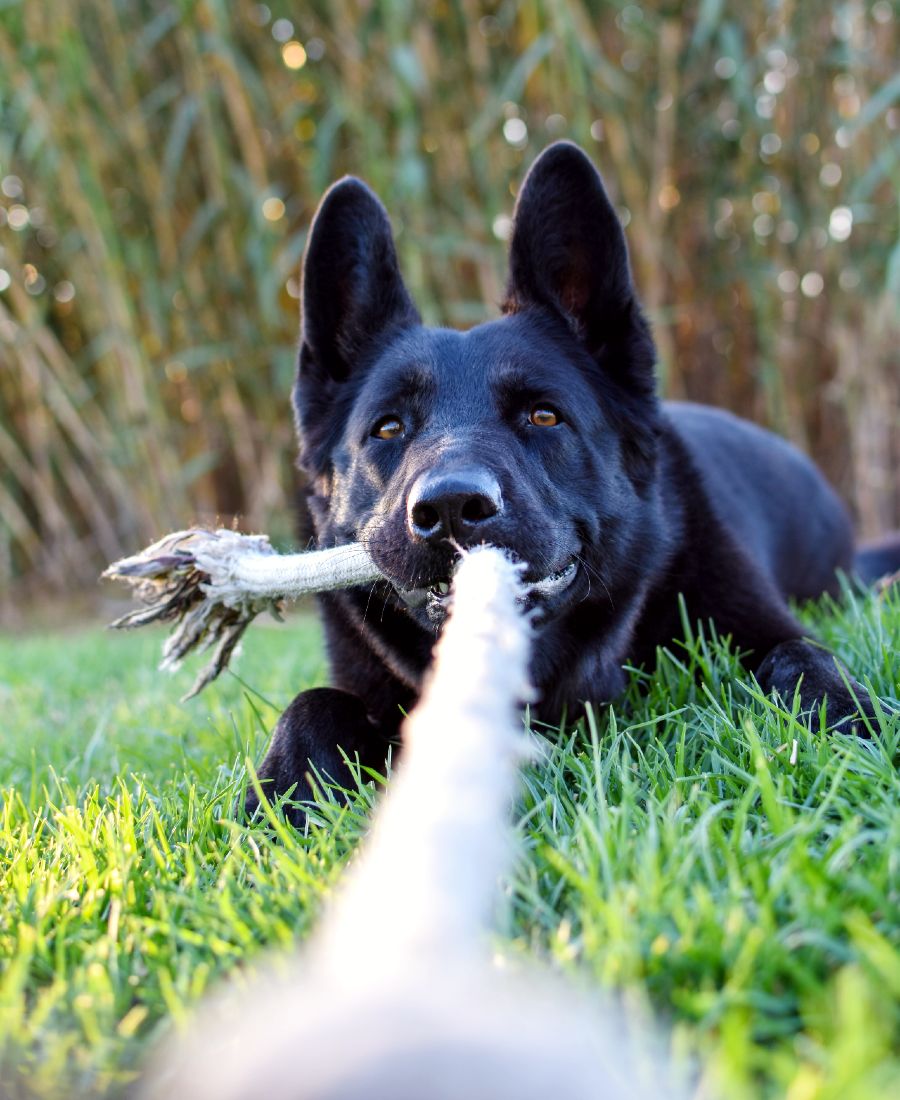
Quick-Acting Herbs for Life’s More Stressful Situations
If the anxiety is happening with certain triggers– say a houseful of talkative, mouth-breathing two-leggers and loud, unpredictable booms. Then, giving your dog a safe space to retreat to and more immediate calming herbs 1-2 hours before those raucous festivities may be just what she needs to get through the day.
This is where holistic practitioners approach anxiety a bit differently than traditional. While medications have their place and thank dog for them, we can use all of these tools first. In all likelihood, it’s going to be a combination of tools that is most successful for the most anxious dogs.
It’s important to keep in mind that this isn’t an overnight change or like solving a problem. There’s no cheats or shortcuts– it’s going to take time, and there may be backsliding, but it’s a process you and your dog are in together.
To start, you’ll curate the bowl for your anxiety dog.
Herbs to Balance the Emotional Highs and Lows of the Anxiety Dog

Anxiety is directly connected to emotion, and emotion affects health. It’s something that western medicine often forgets or even disregards, but Traditional Chinese Veterinary Medicine (TCVM) addresses.
We all have emotional balance. It’s this ability to maintain equilibrium and adaptability in the face of challenges or changes. TCVM would refer to it as the balance between the heart, a fire element (yang), and the kidney, a water element (yin).
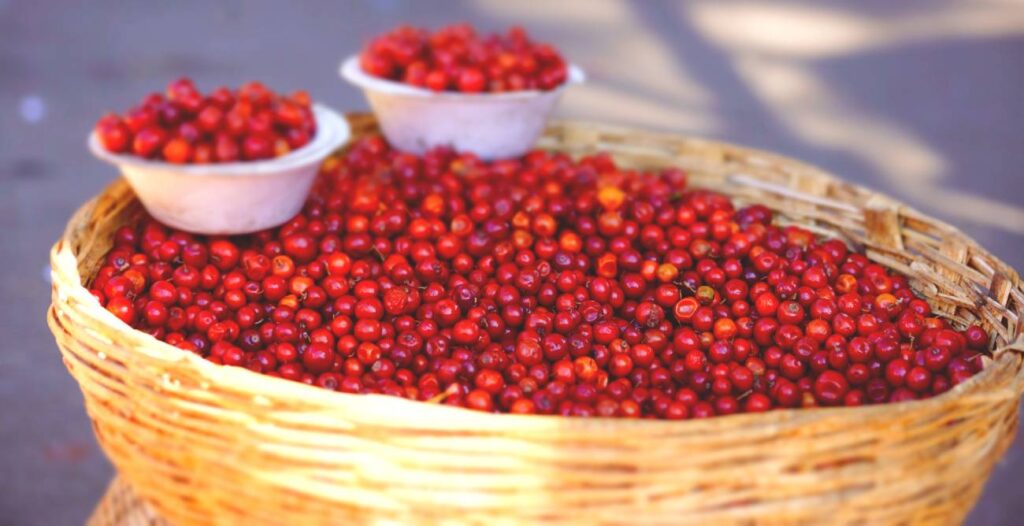
Anxiety happens when emotions are out of control– an anxiety dog has an inability to control these extreme emotions or heat. Since health and balance–mental, physical, emotional go hand-in-hand, the goal is to restore your four-leggers.
Using a combination of spirit-calming herbs in concert with heat-draining herbs like raw Rehmannia root and harmonizing herbs, we can slowly correct the disharmony, this over-anxiousness, and bring anxious dogs back to a more healthy emotional balance.
If you’re unsure whether your anxious pup would benefit, you can take the quiz for a personalized recommendation.
Utilize Food Energetics To Move The Body Towards Balance

Caveat: before you can take advantage of these advanced techniques, you must be feeding a species-appropriate diet– real, whole foods made up of 70-80% animal protein with skeletal meats and organs and 25% or fewer carbs from nutrient-rich fruits, veggies, and seeds.
As the calming herbs work to balance the anxiety dog, you can also utilize the principles of food energetics to move the body further towards balance.
Since anxiety dogs have too much heat or emotion, they respond exceptionally well to neutral or cooling foods, fish, duck, or rabbit, as warming or hot foods like venison or lamb tend to stoke their excitement.
Bring In (Positive) Reinforcements
While anxious dogs experience the same emotions, the triggers vary– for some, it’s resource guarding; for others, thunder phobia, so the behavioral management approach has to differ as well. And even if two dogs are going through, say, thunder phobia, what works for one won’t necessarily work for another.
All that means is you have to be open to trying different approaches. If you need to consult a behaviorist, there are plenty of options locally and now remote.**
**Be sure that whoever you choose practices non-aversive, force-free techniques.
Consider any behaviorist you use to be your mediator. Someone who can teach you how to decipher the subtleties of behavior and read body language, essentially help you speak dog. Again, this won’t be a quick fix. You’re learning how to communicate.
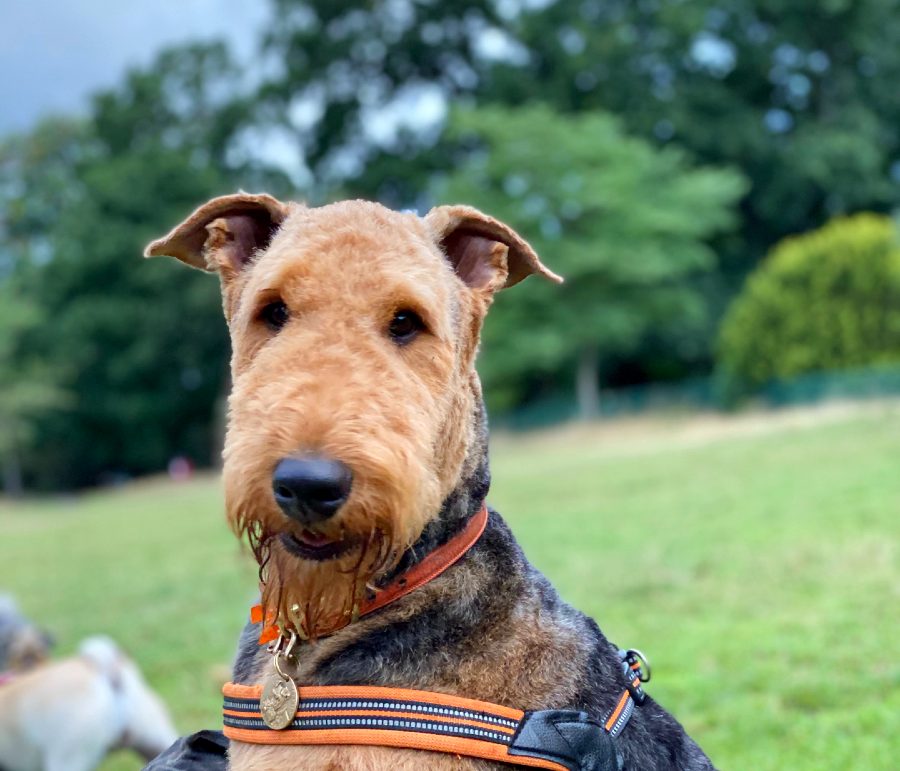
Bookmark these resources:
https://www.patriciamcconnell.com/about-patricia
https://kachinacanine.com/teaching/
Editor’s Note: These approaches should be used after seeing a vet for a full work-up to rule out any underlying medical issues.
Will Anxiety Go Away Completely?
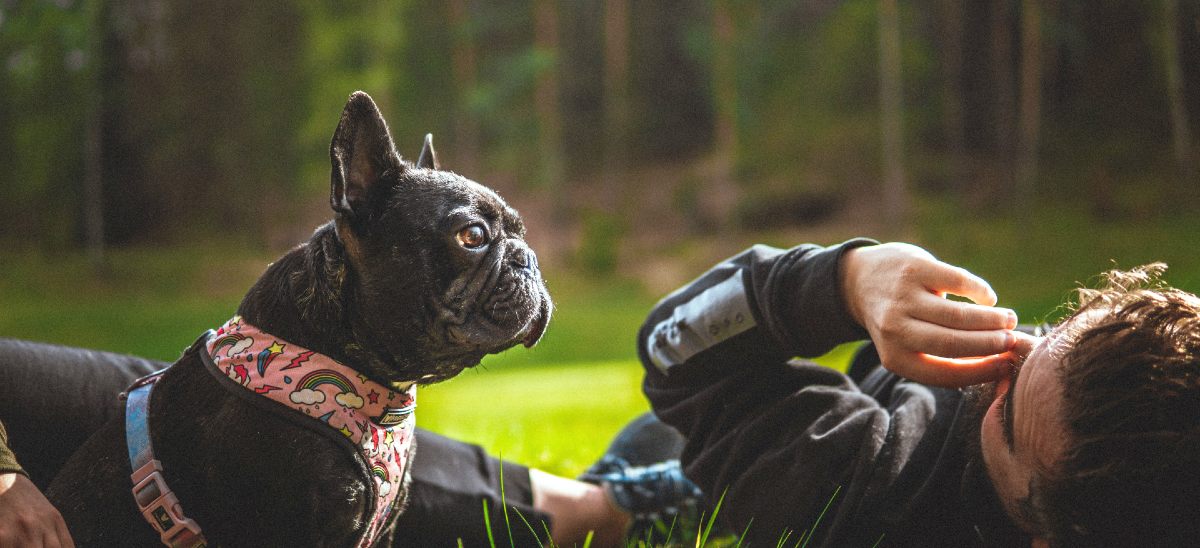
You have to rewire your own membrane and think about the bigger picture of mental health and emotional balance. Your dog is a complex individual. They’re shaped by a history of positive and negative experiences, and their mental and emotional wellbeing is as fragile as ours.
So, try not to think of it as a problem to be solved. Instead, think about how you prioritize your mental health. Pause and practice awareness– how are you contributing positively or negatively to their emotional well-being day-to-day. What are they communicating to you? Are their needs and wants being met? And what steps can you take here and now to help them?
Do that, and you’re making these huge strides for them and you.
If you have questions or comments, don’t hesitate to reach out or drop a line in the comments below.
We’re here to lend a helping paw, and that includes personalized recommendations for your four-legger.
Share this Post
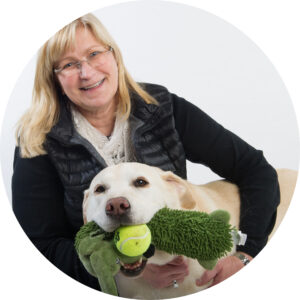
Dr. Chris Besent
Chris Bessent, DVM, MSOM, Dipl. OM, L.Ac. has over thirty years of experience in veterinary medicine including certificates in veterinary acupuncture, veterinary chiropractic and veterinary Chinese herbology. Imbued with Eastern philosophy and the knowledge that food is the foundation of health, Dr. Bessent also received her degree in veterinary nutrition and began to formulate recipes fit for a carnivore from nothing but whole foods. Currently, she divides her time between the Simple Food Project and Herbsmith, both of which are owned and operated out of her facilities in southeastern Wisconsin.

Kayla Behling
Kayla is the Content Writer for Herbsmith. She has a cat named Professor Cat-Faced Meowmers, who goes by Kitty, and a goof of a dog, named Duck. She stays busy biking trails, playing board games, and searching for the next best craft beer.
